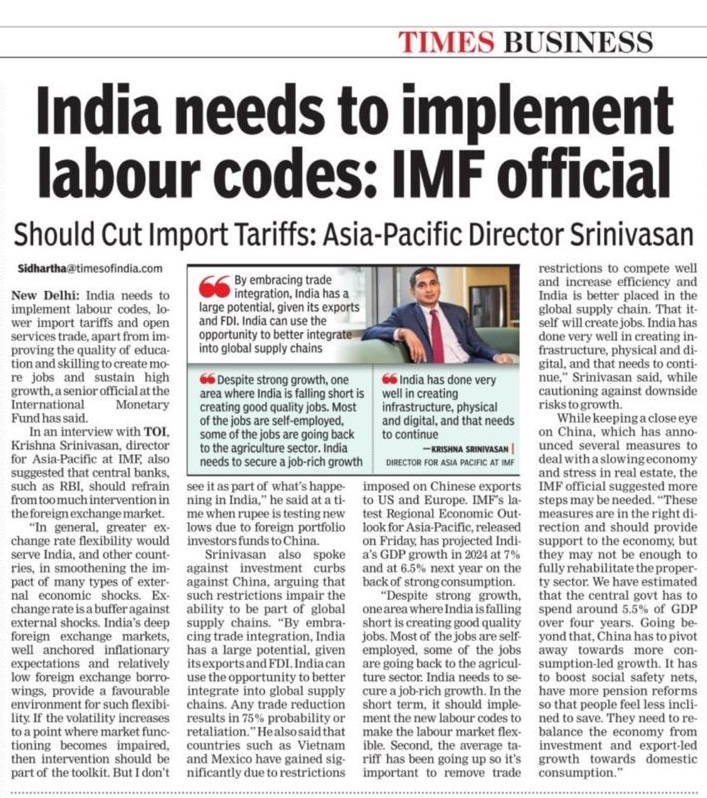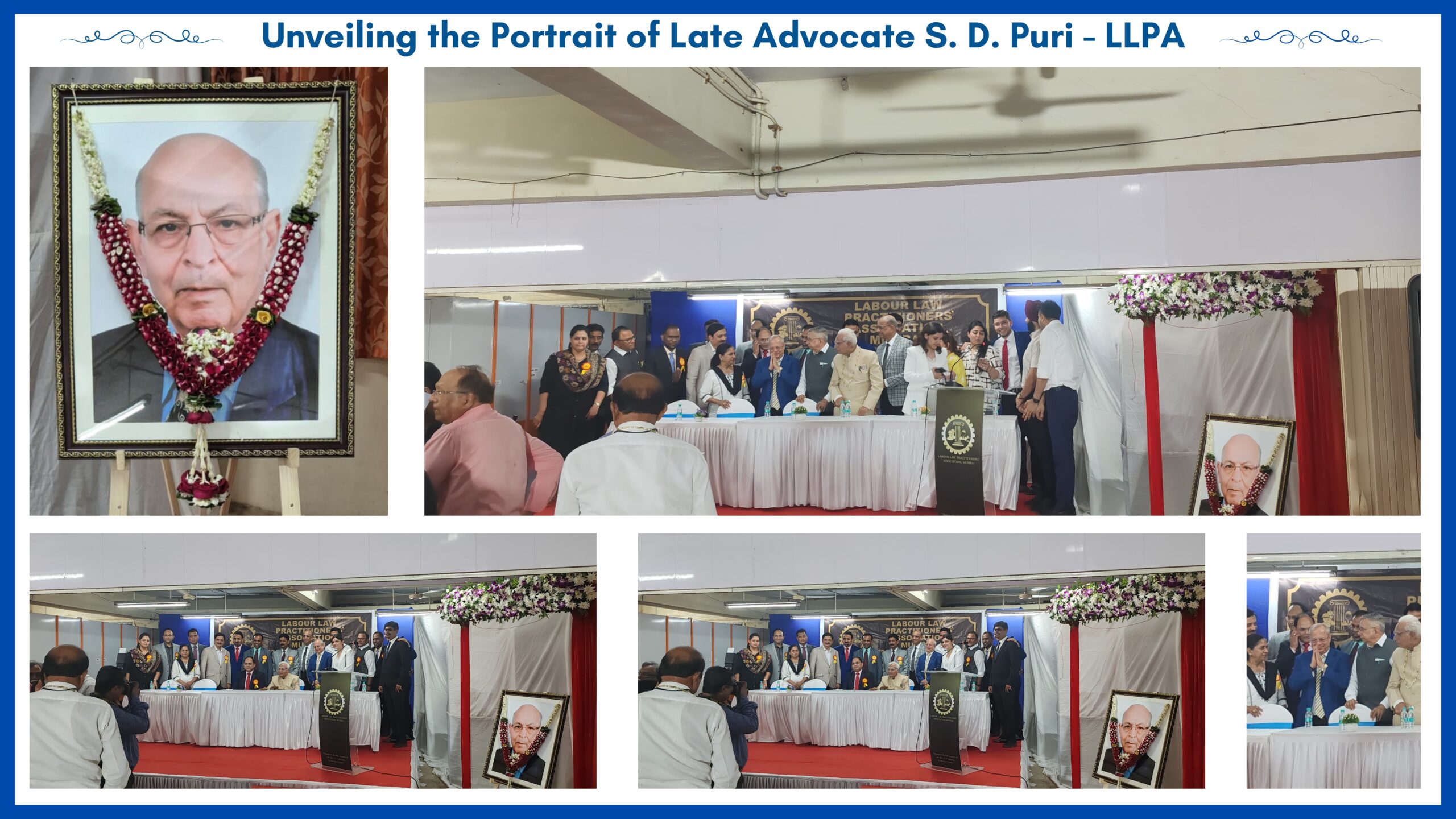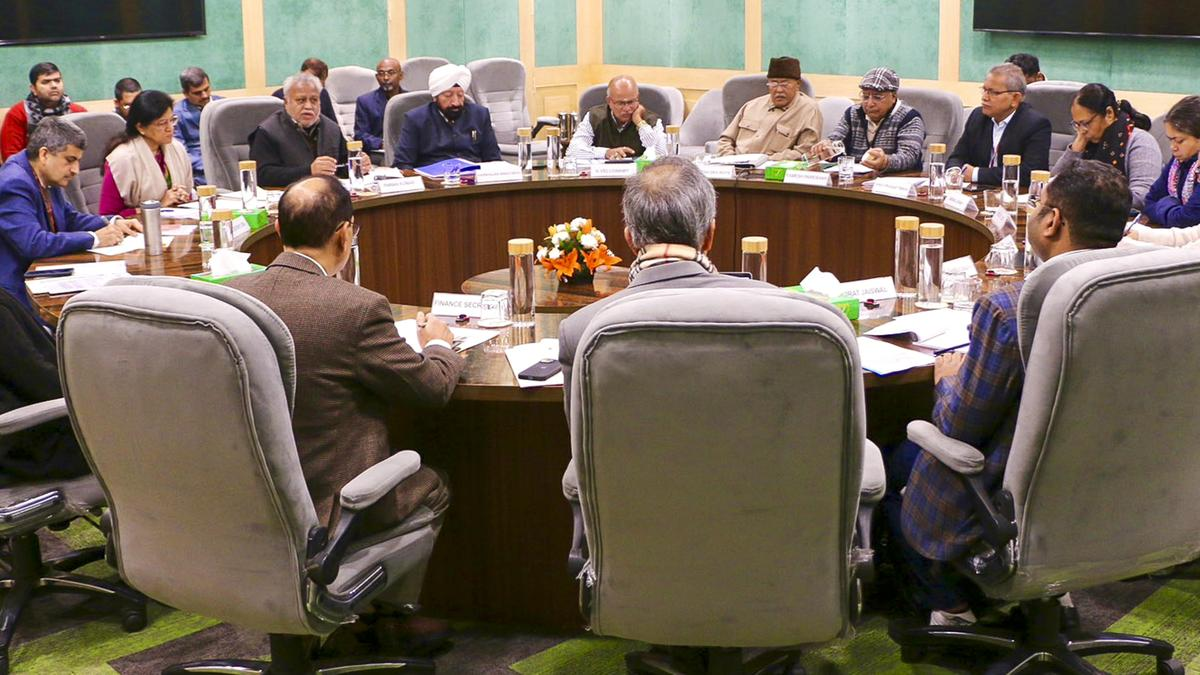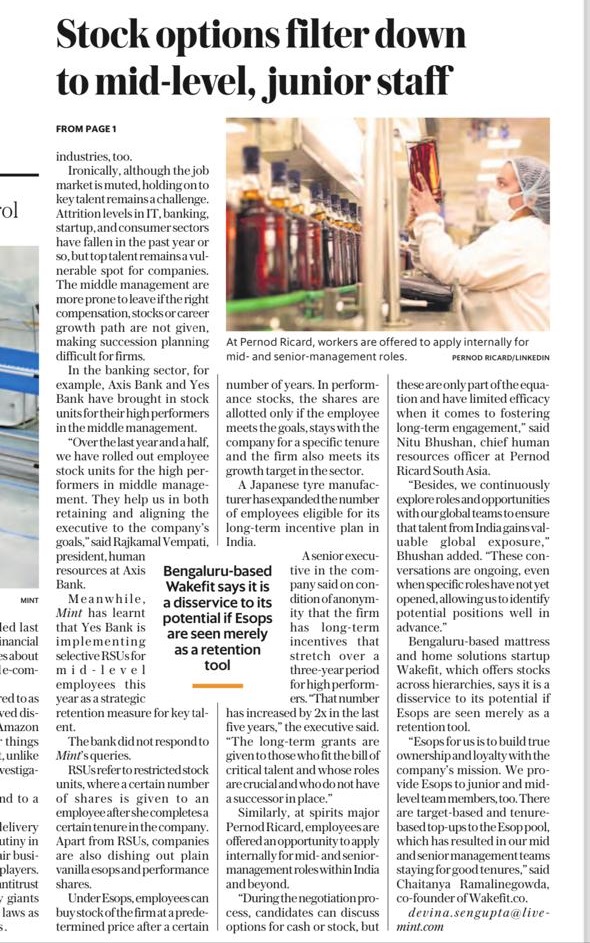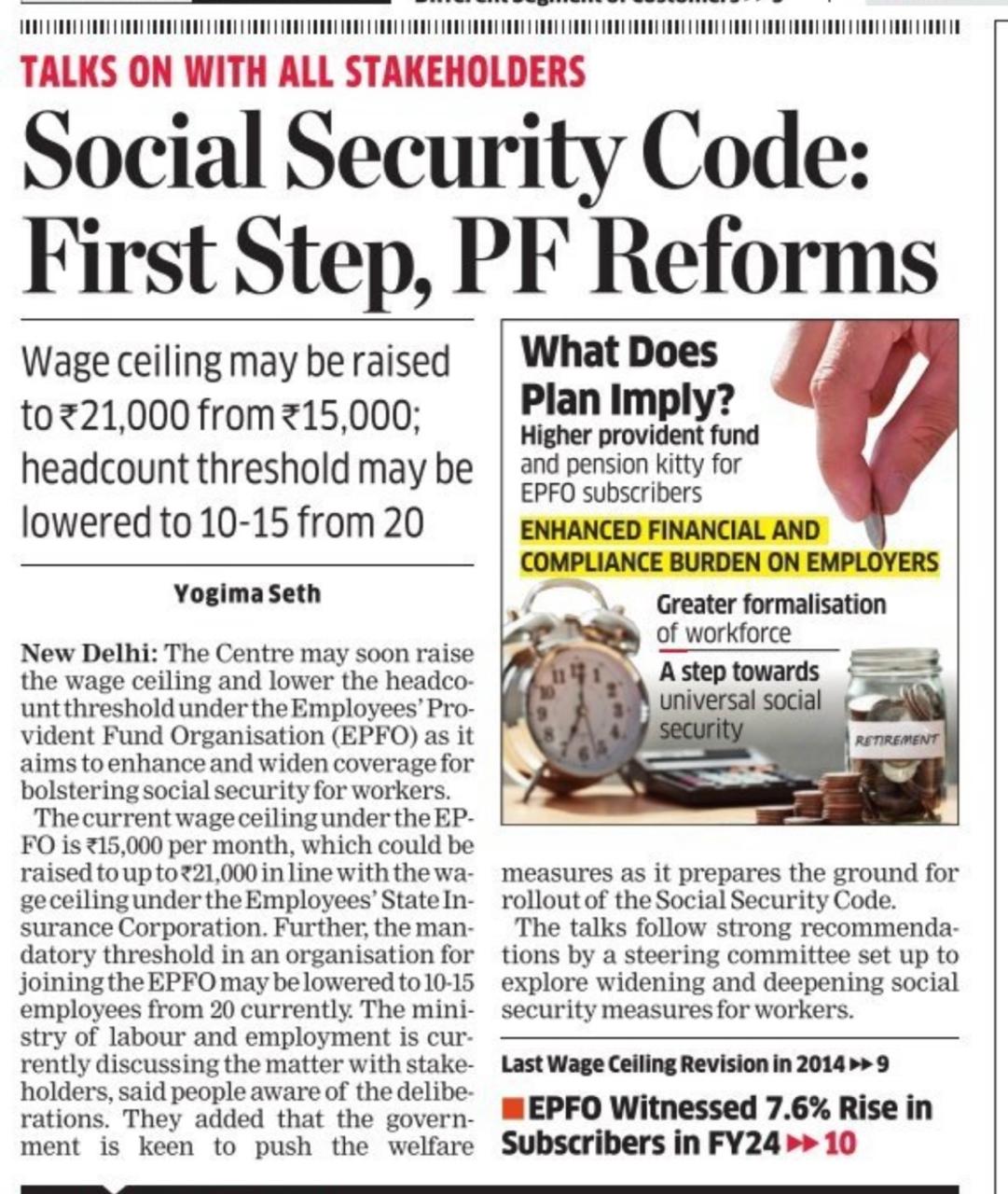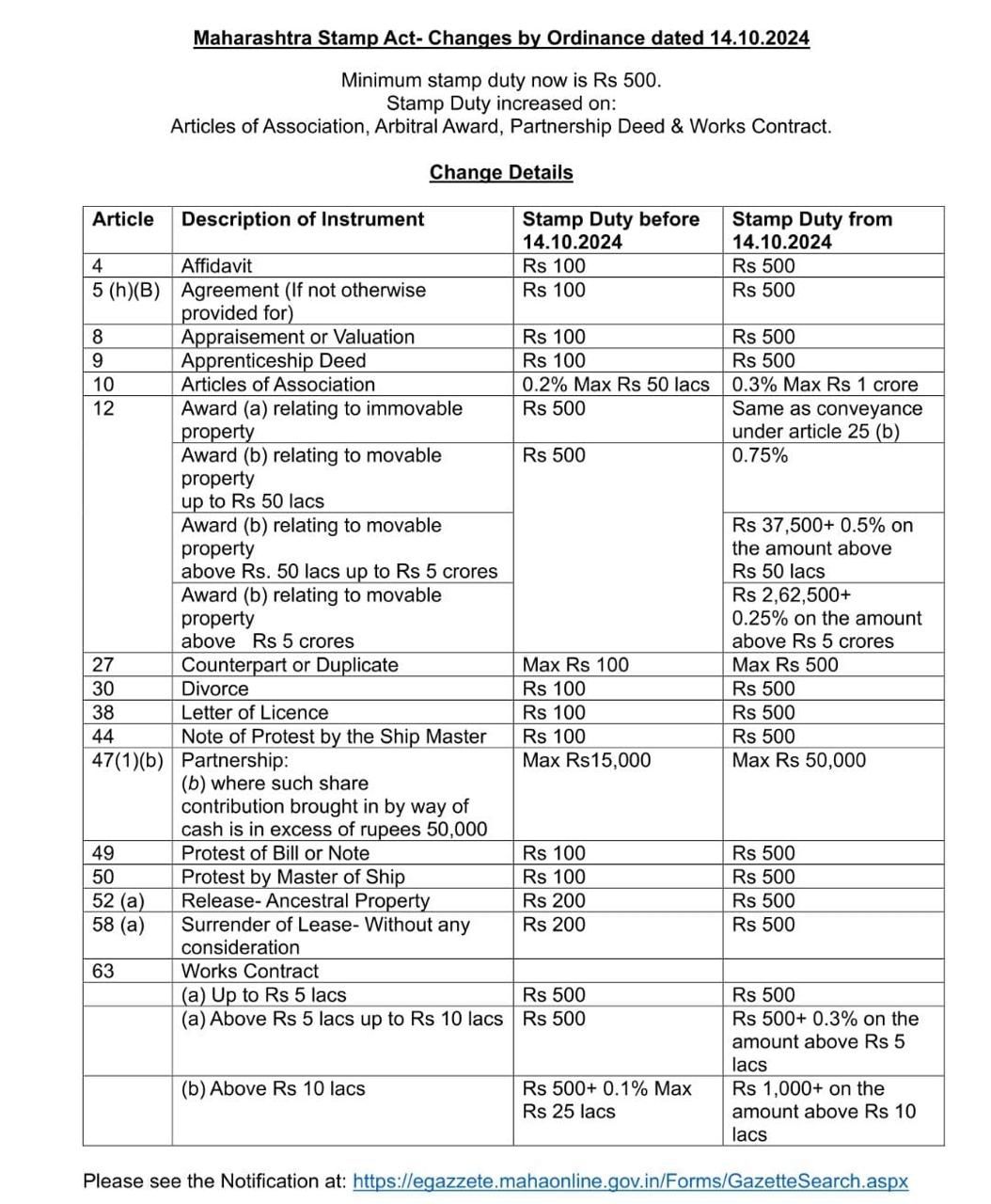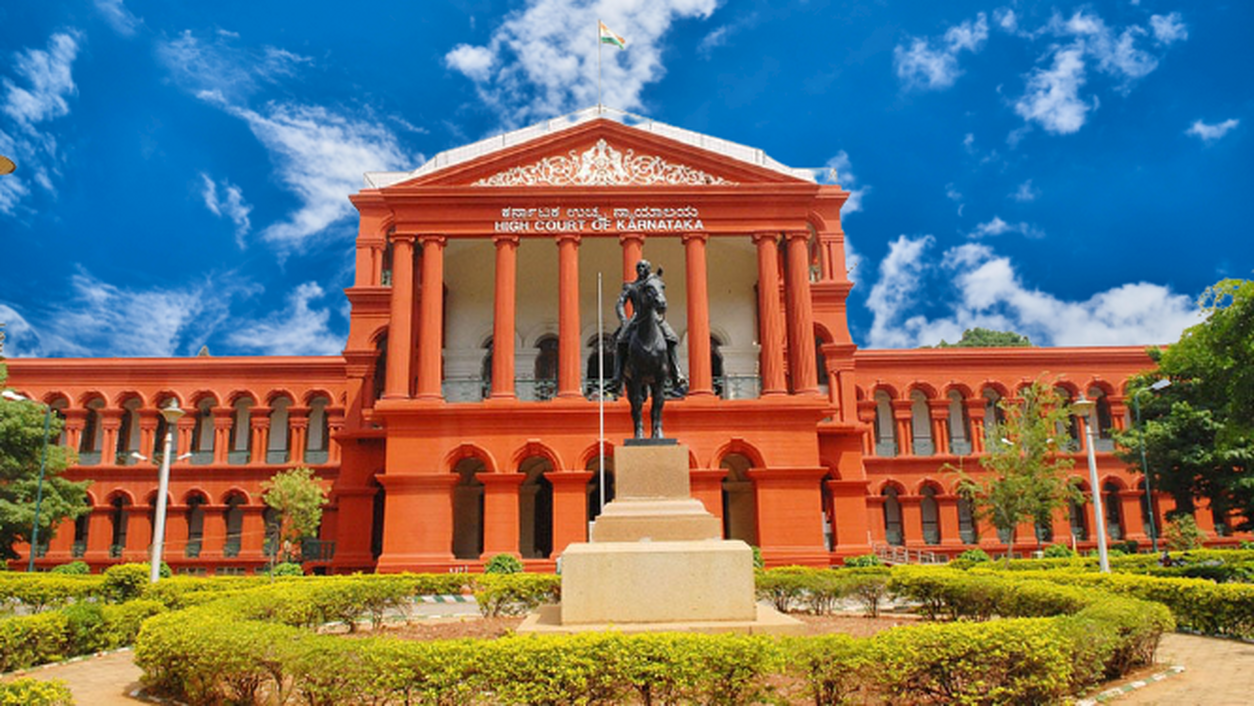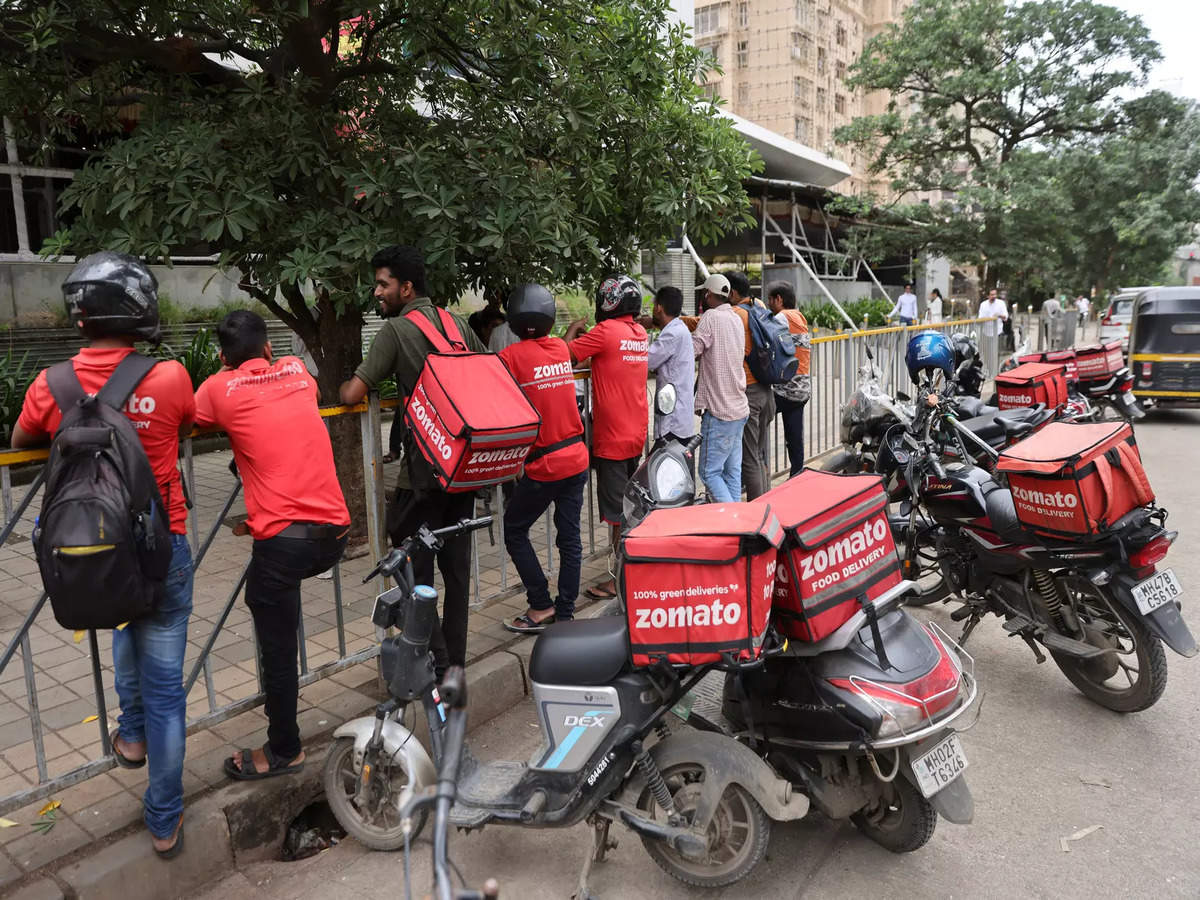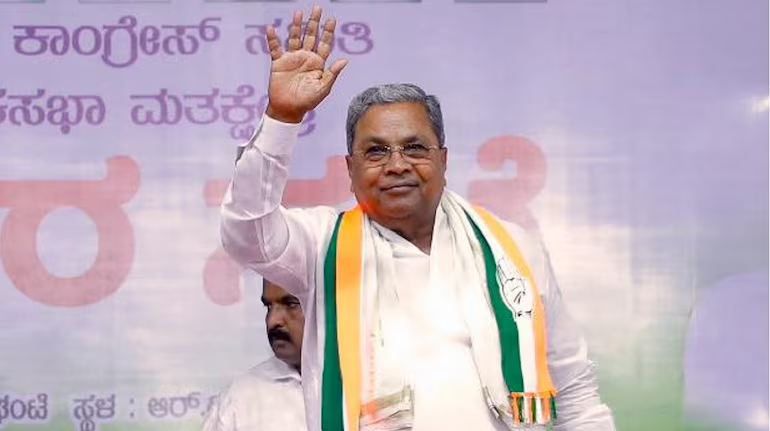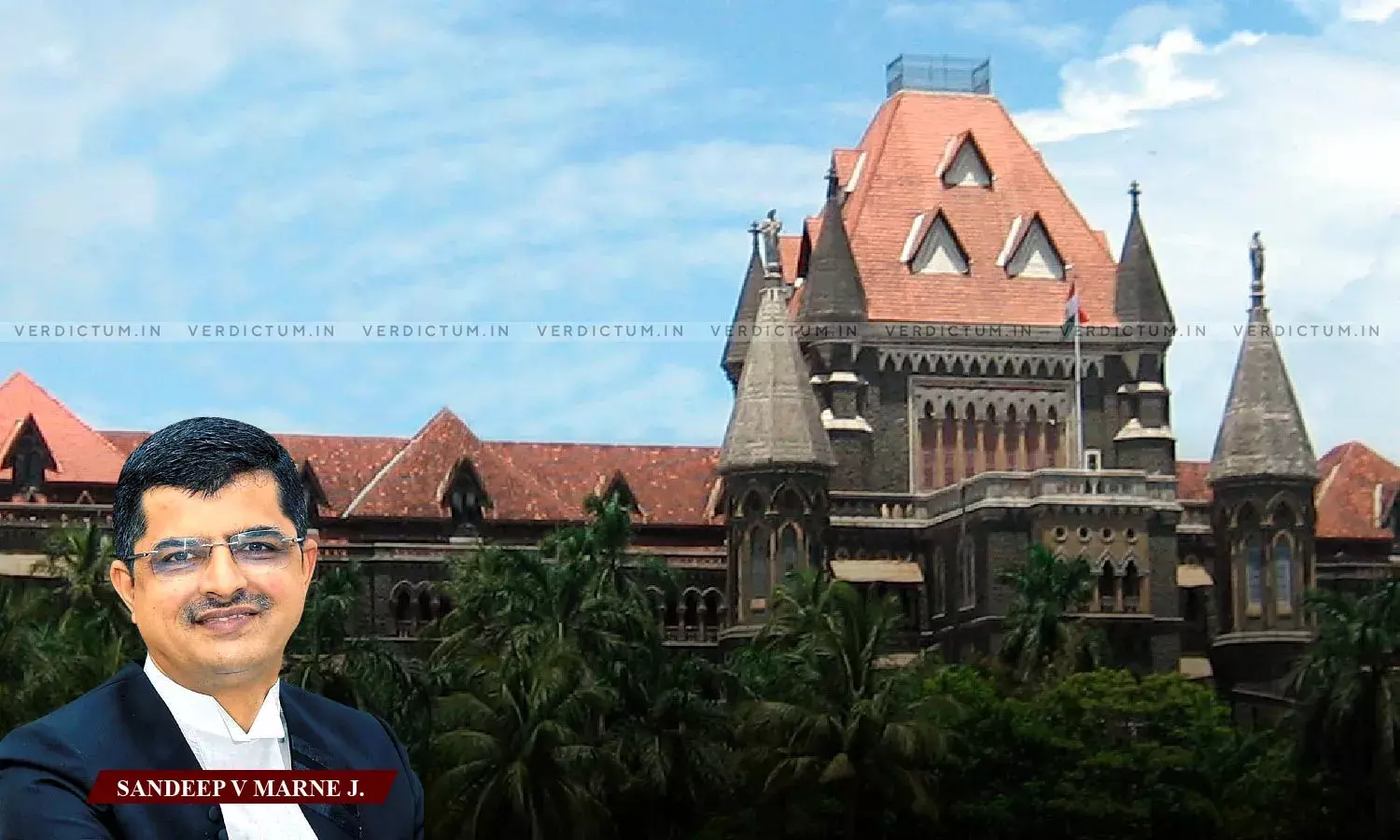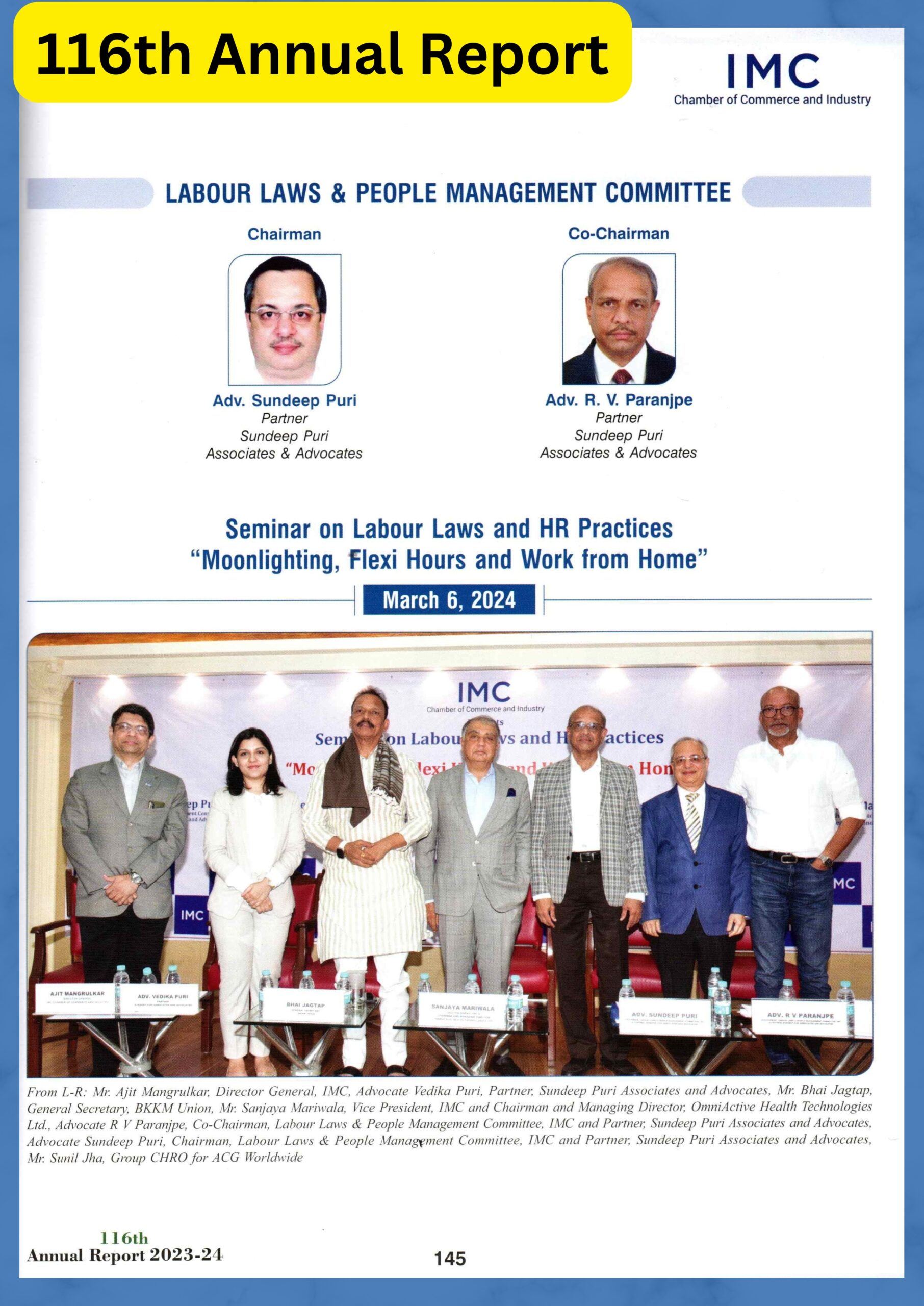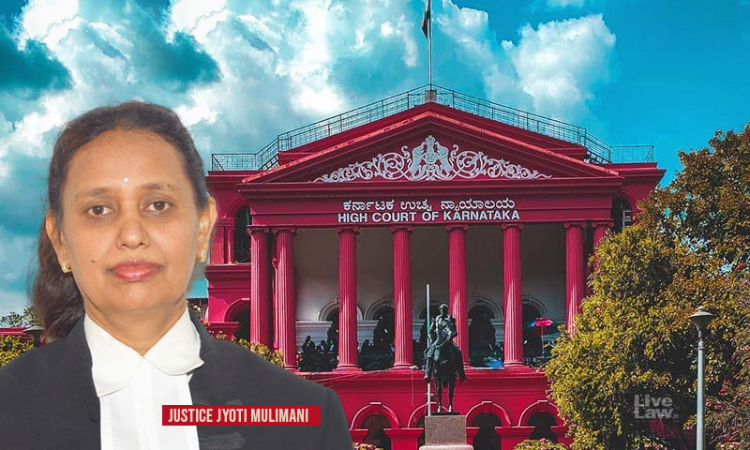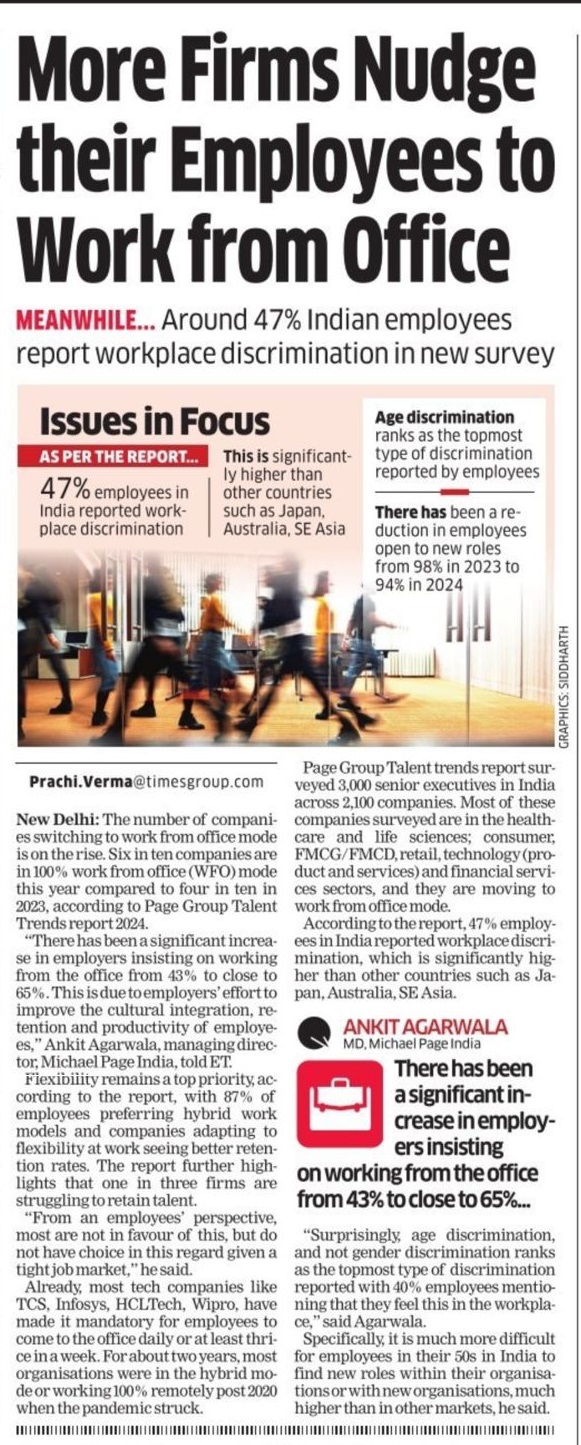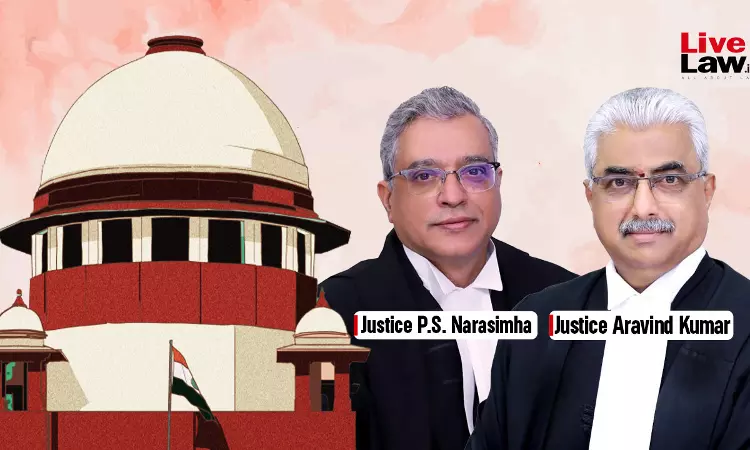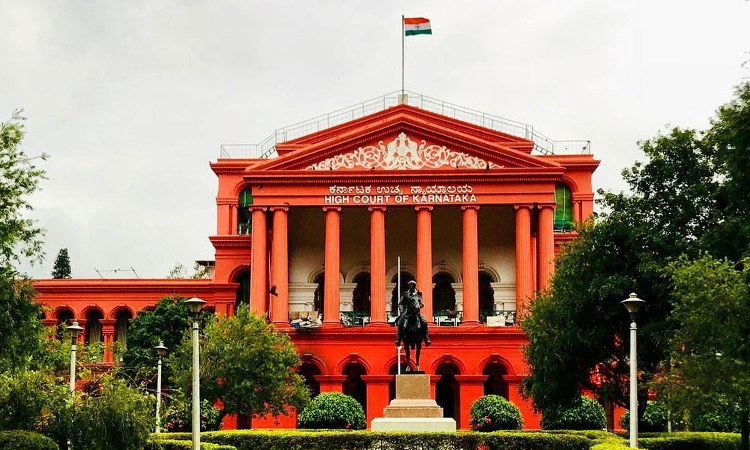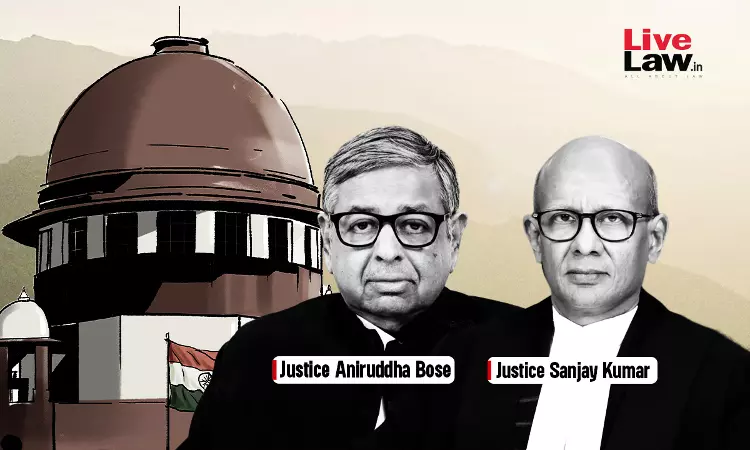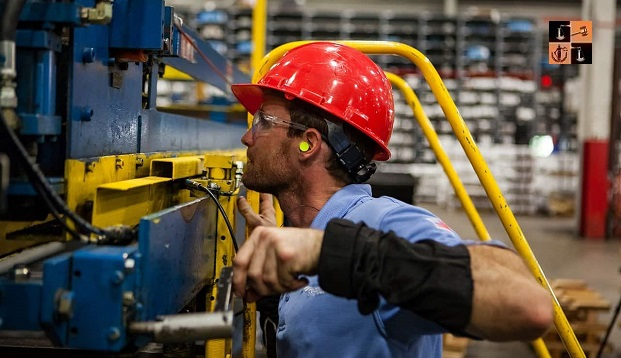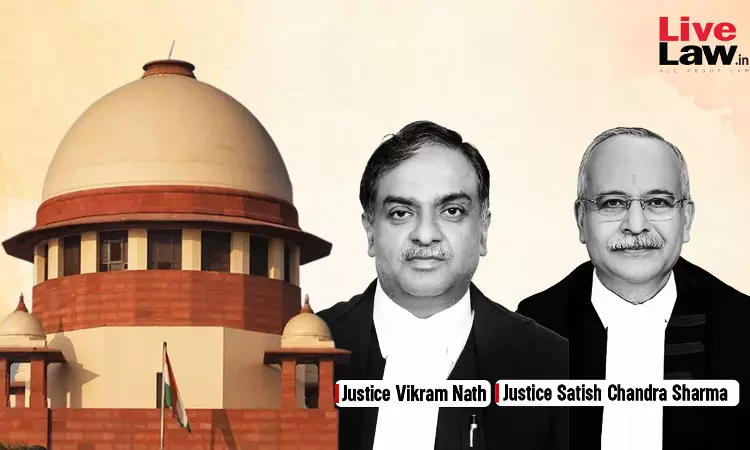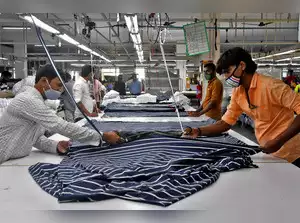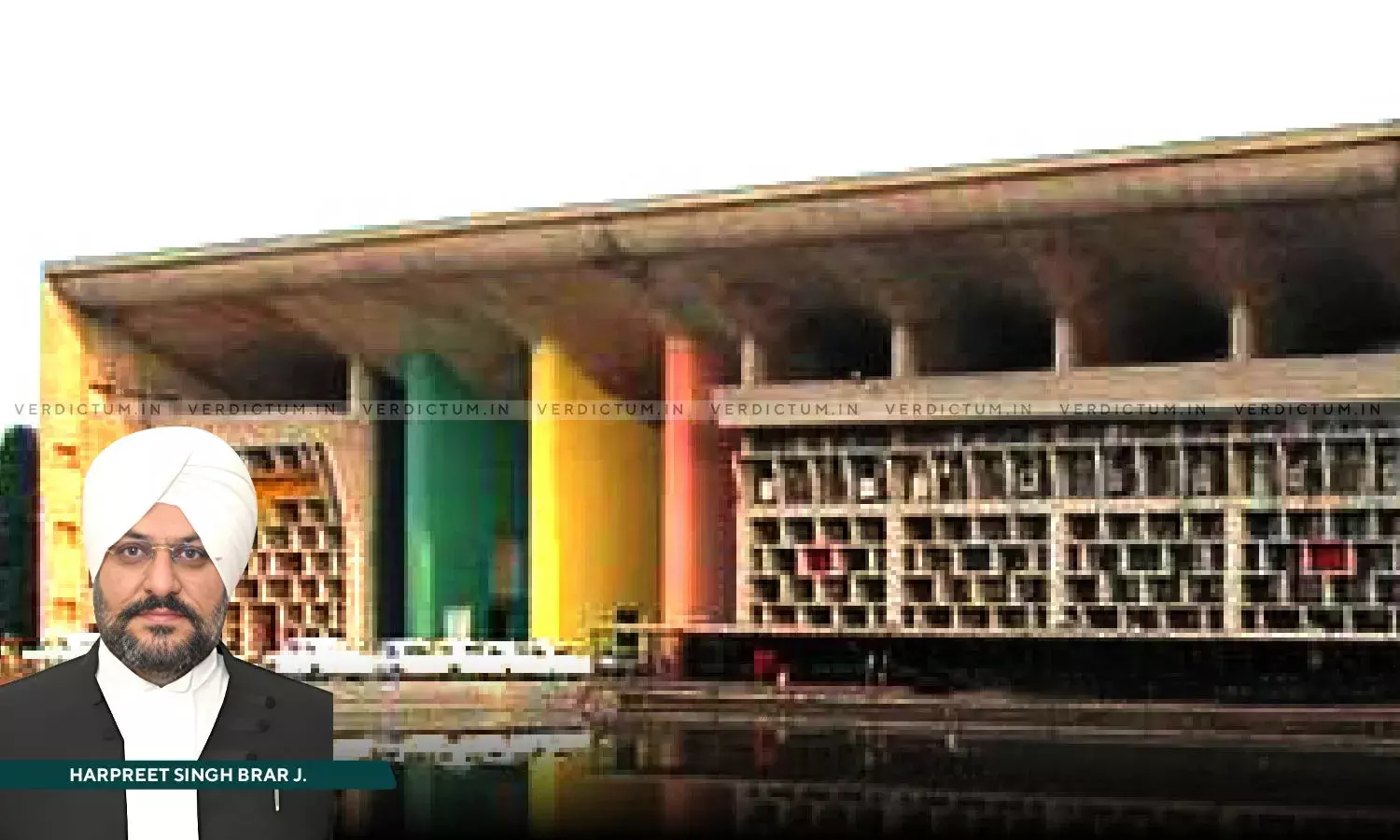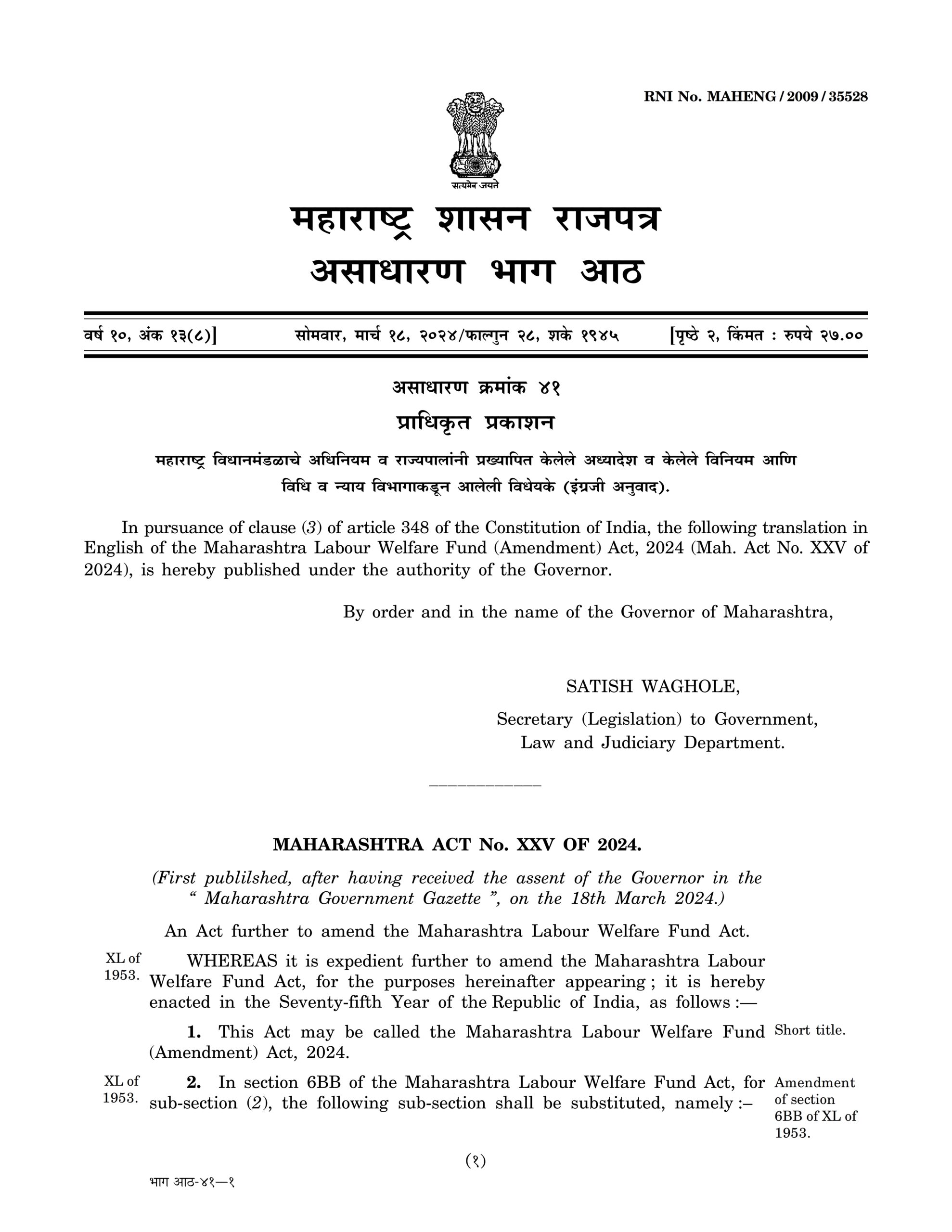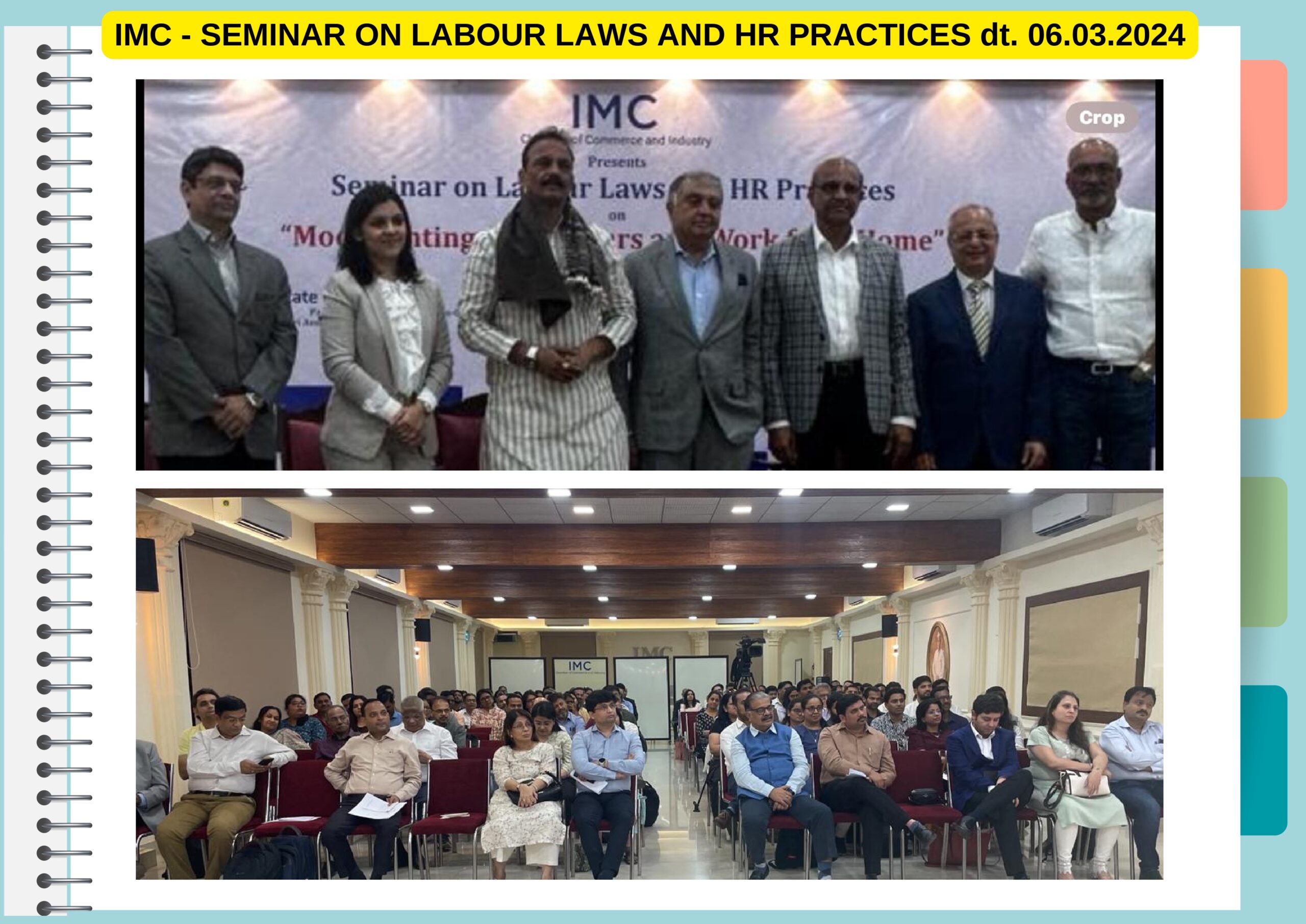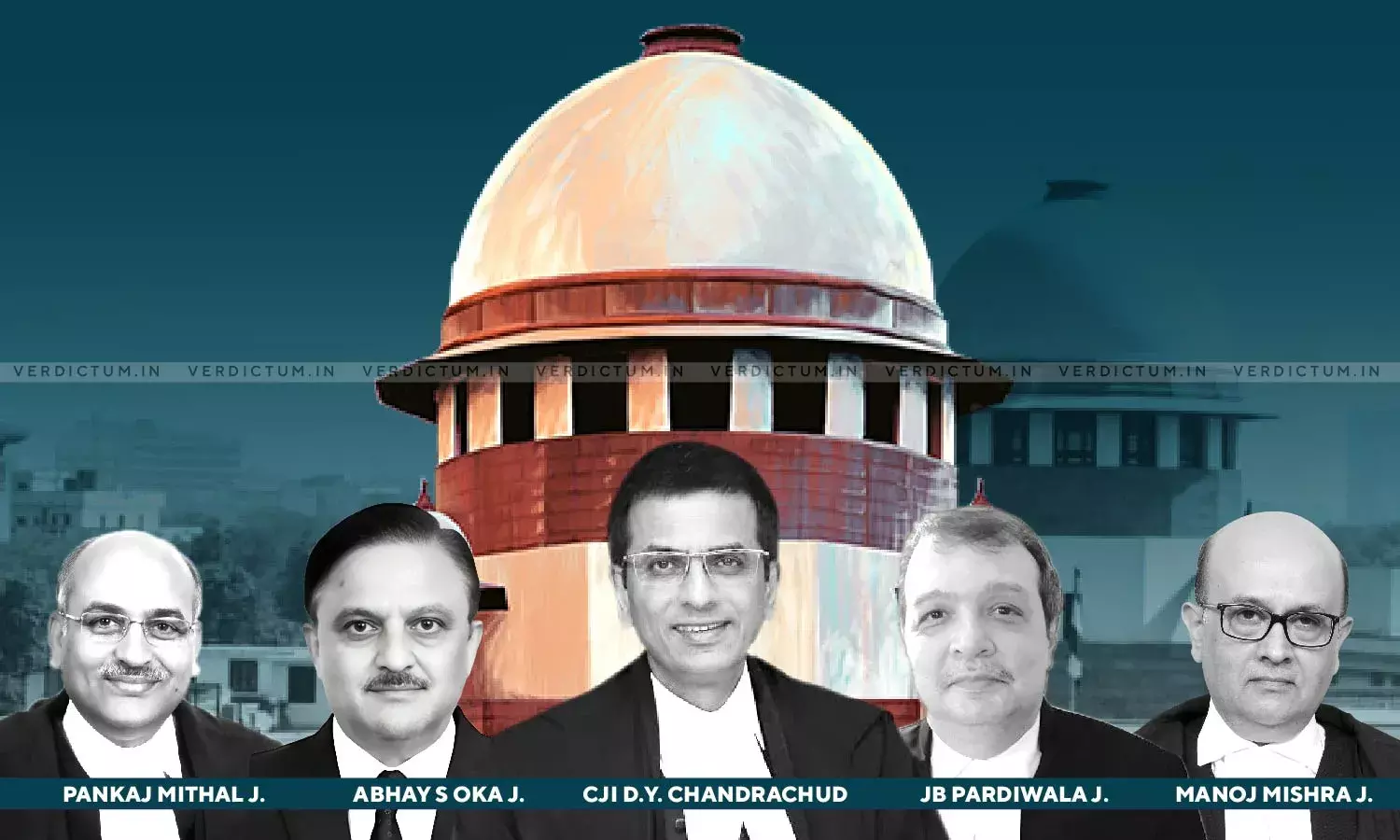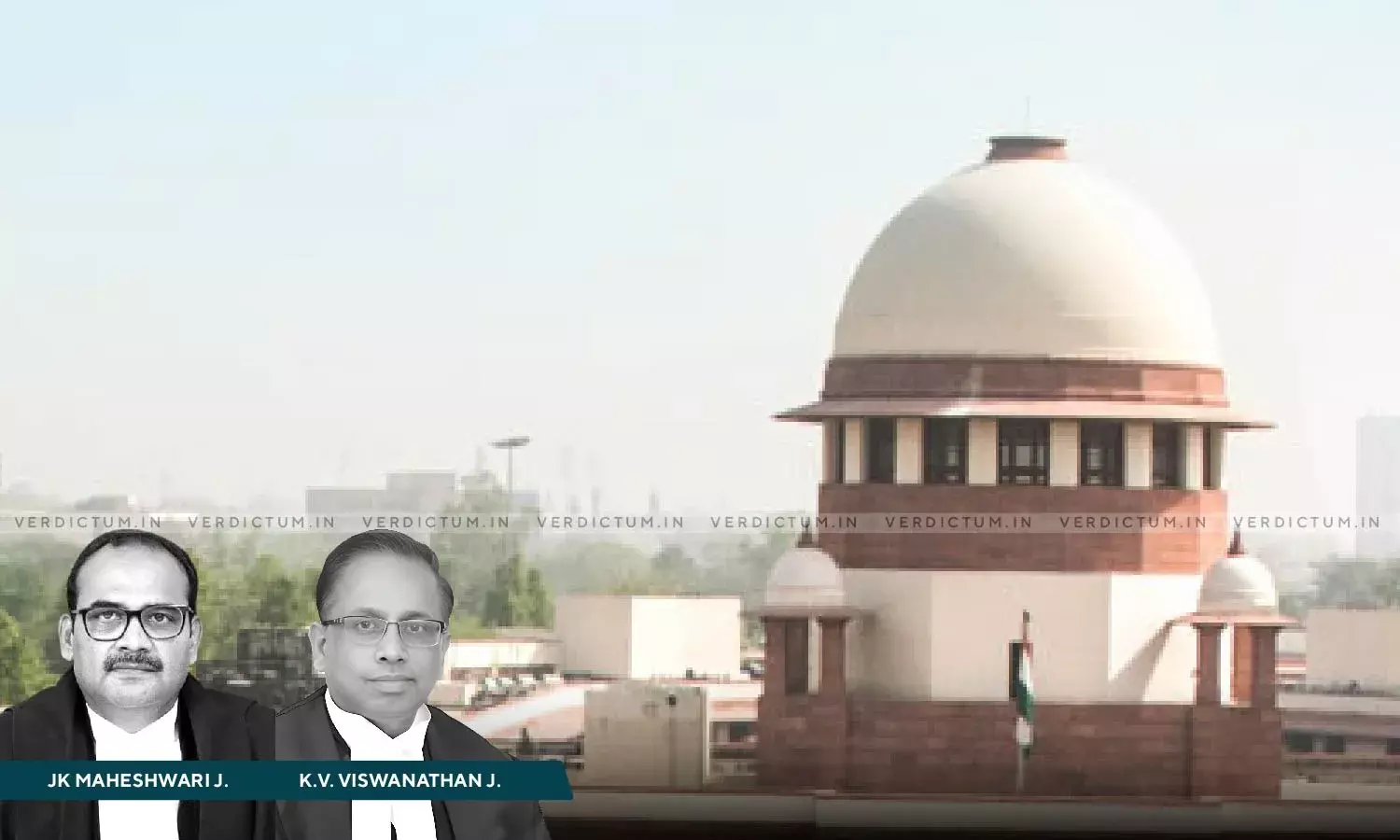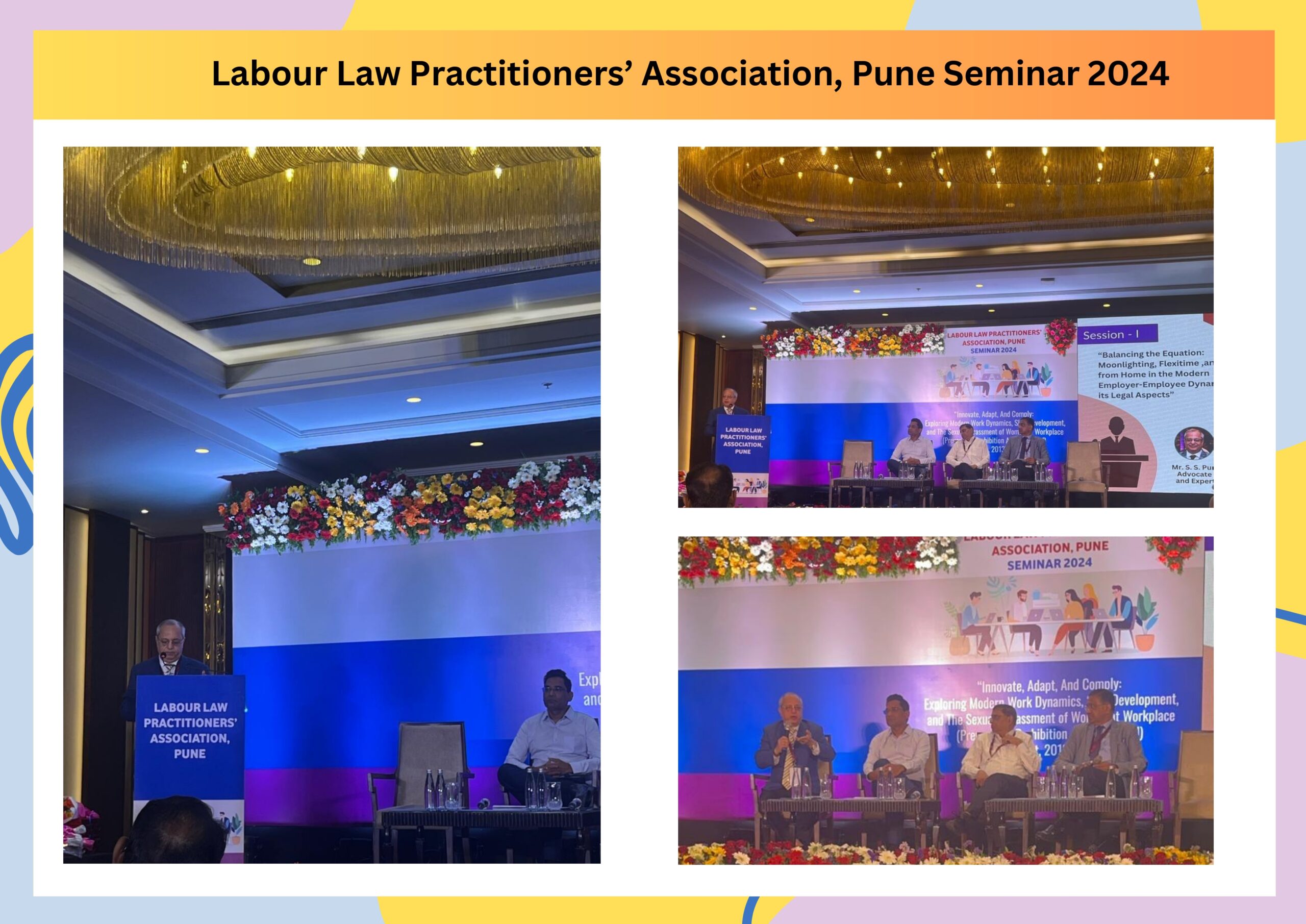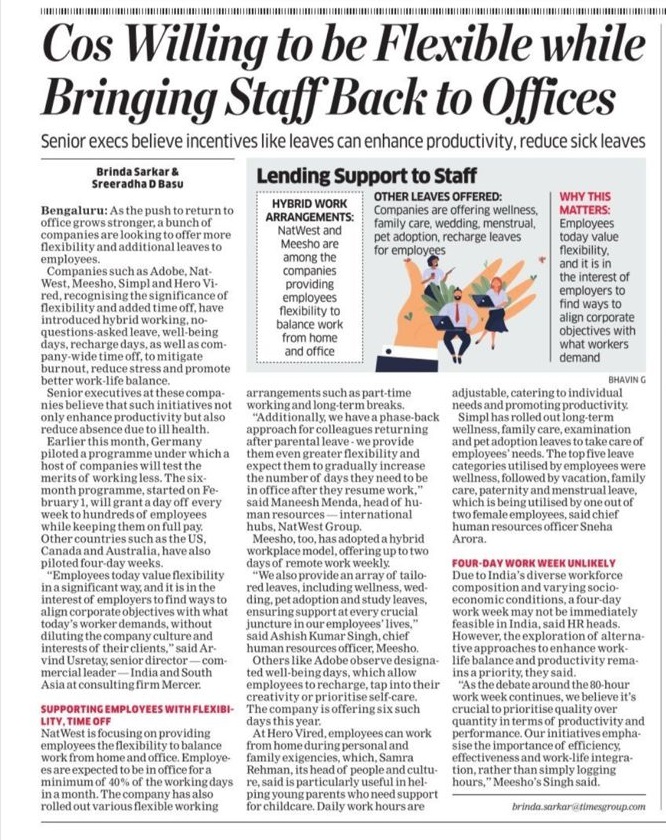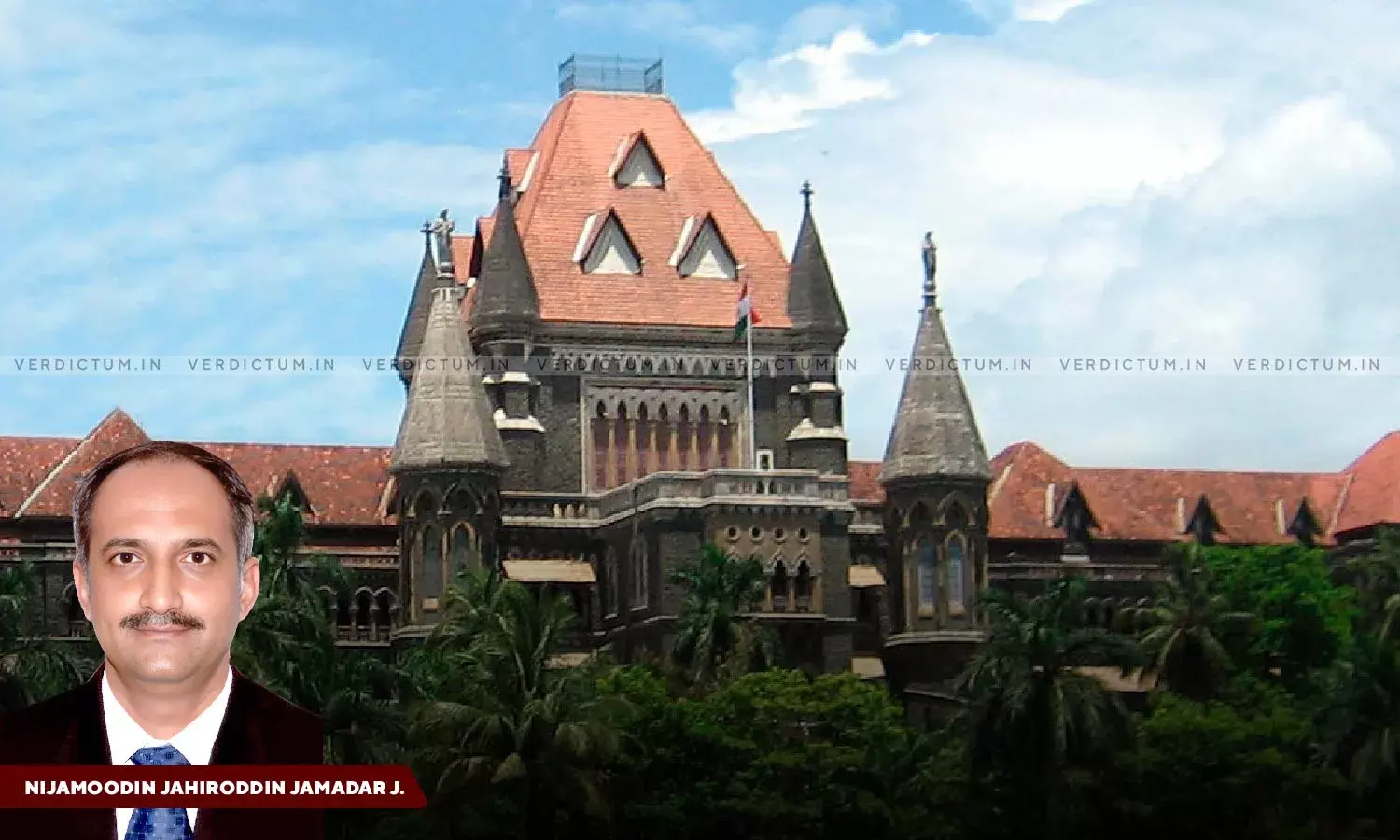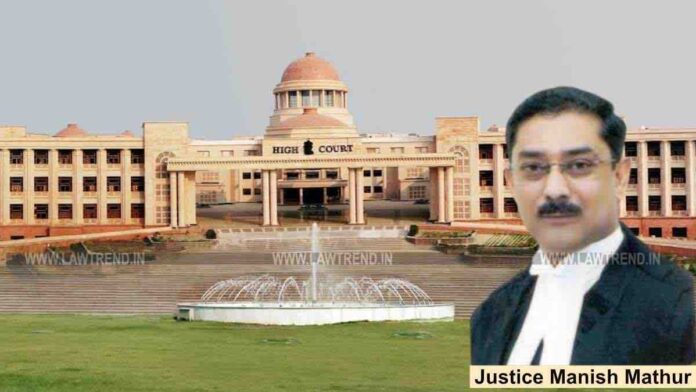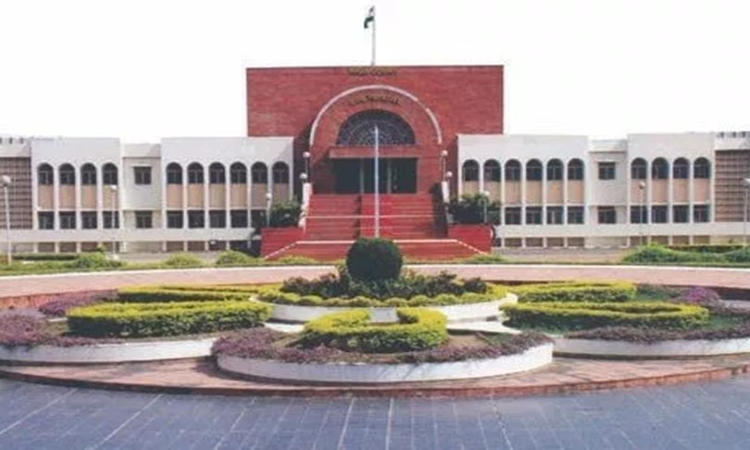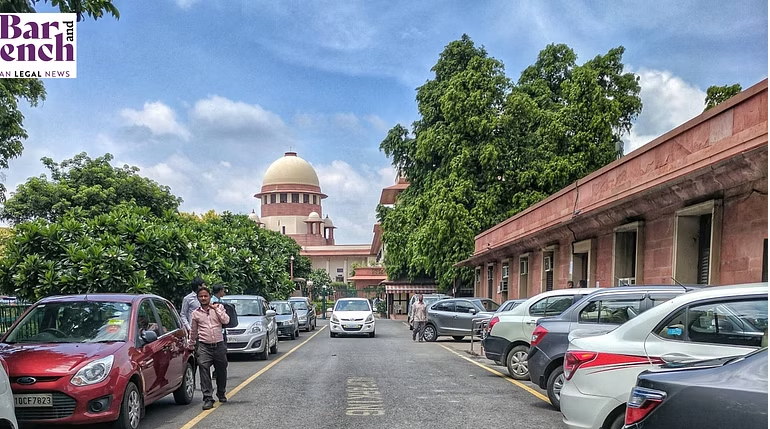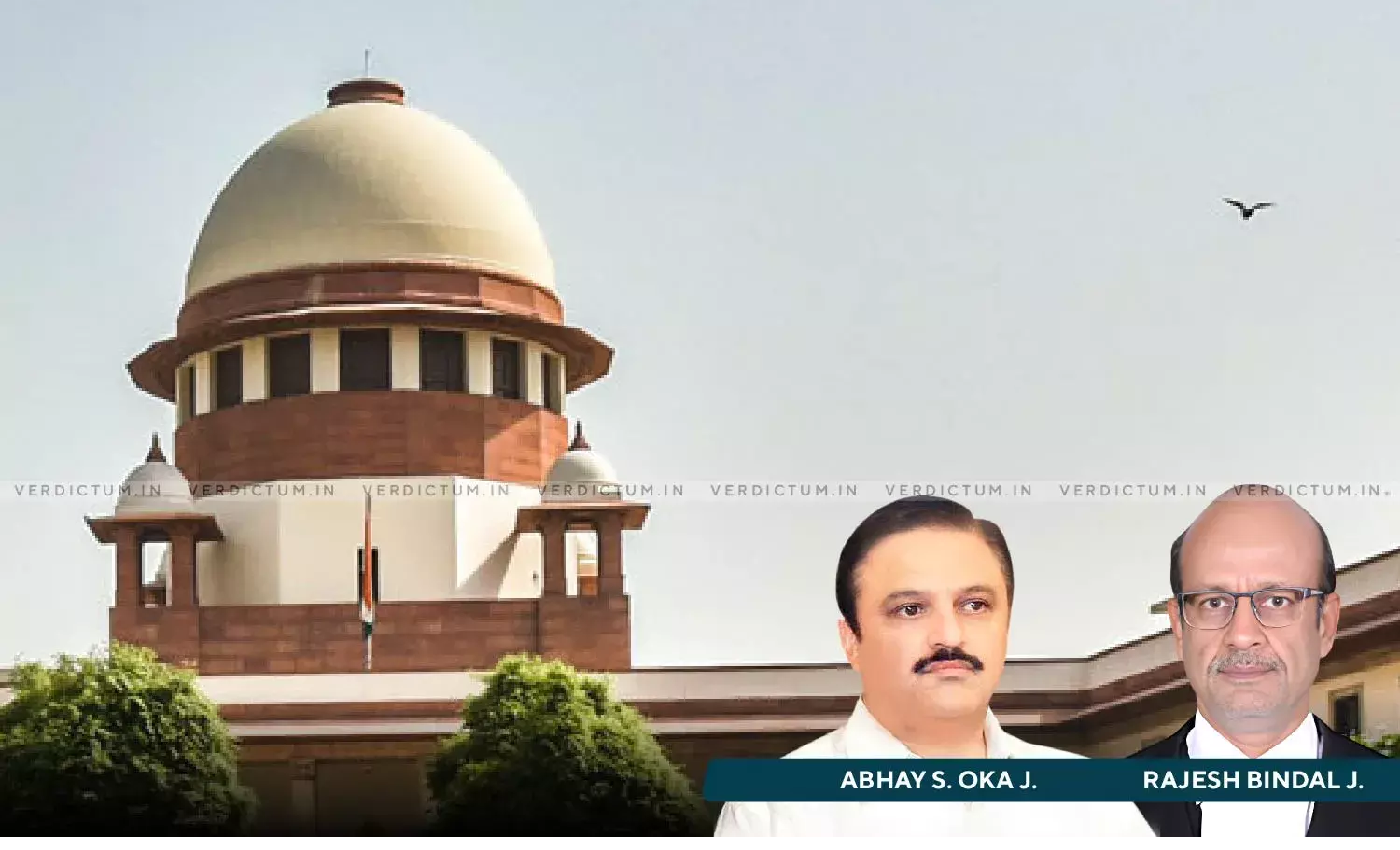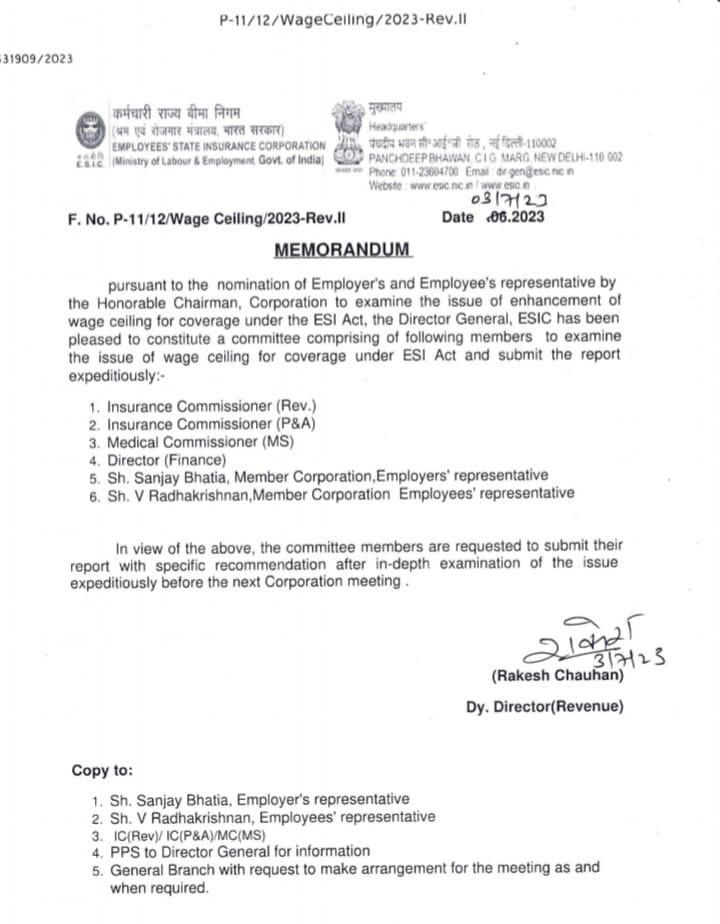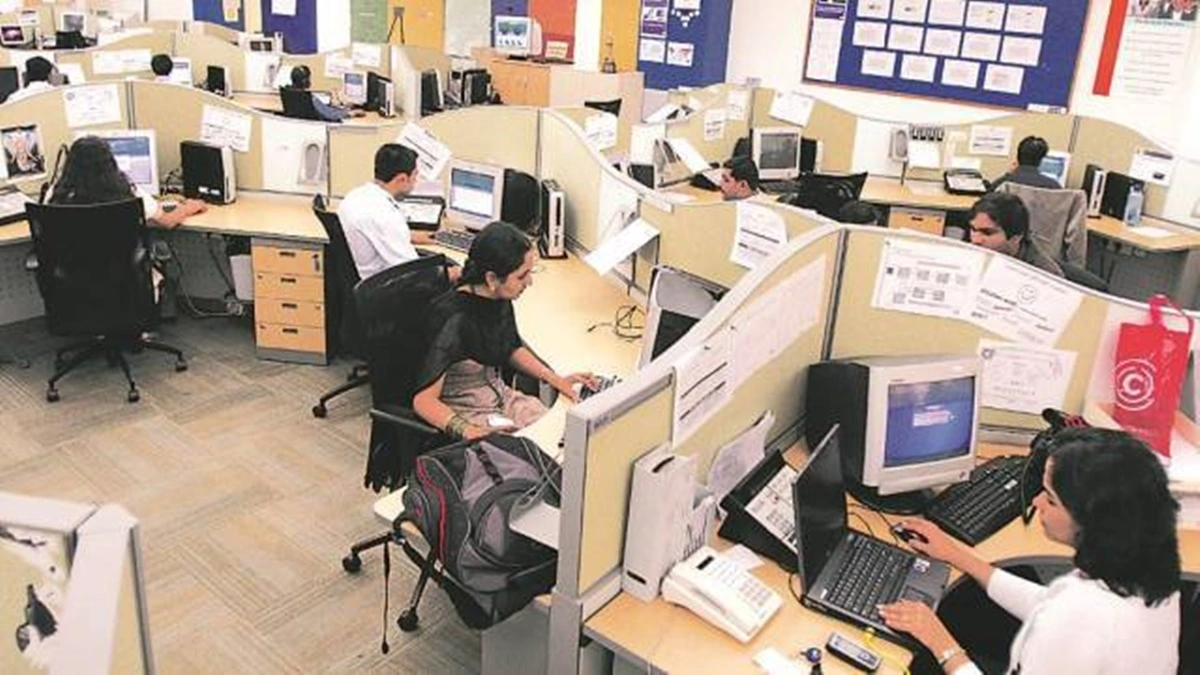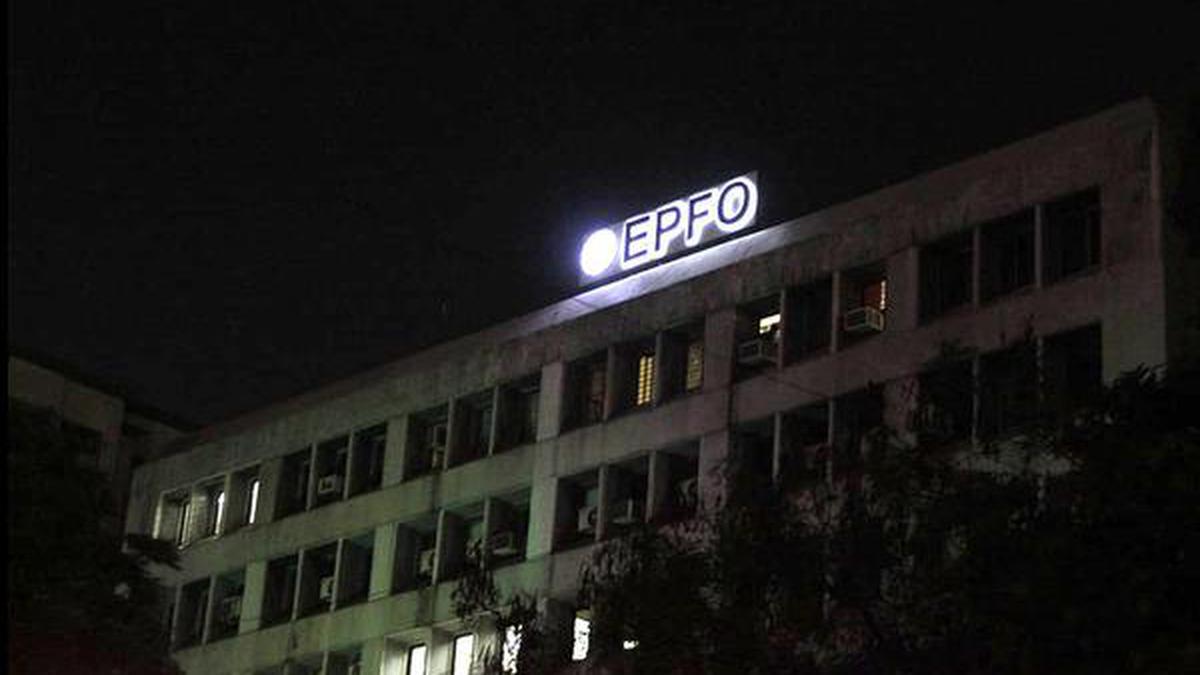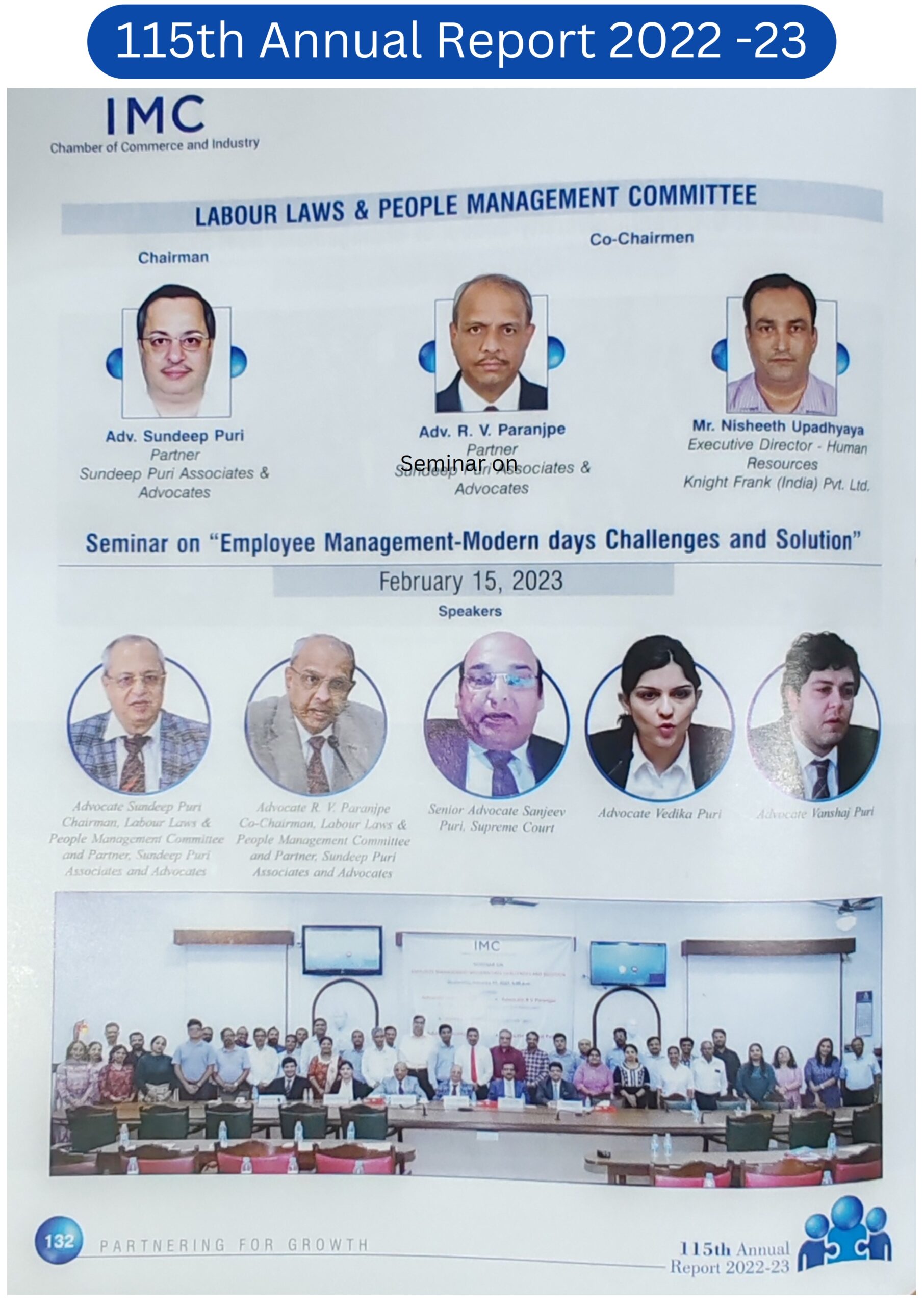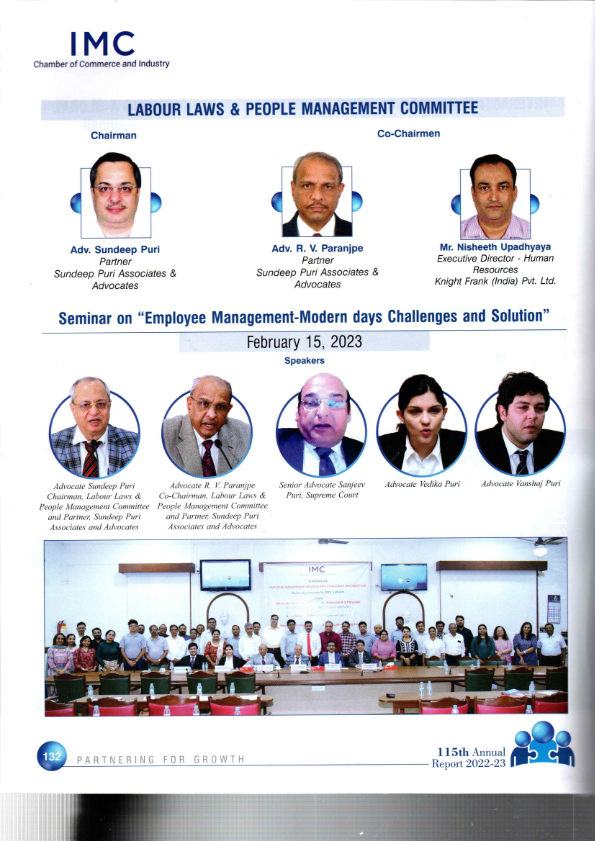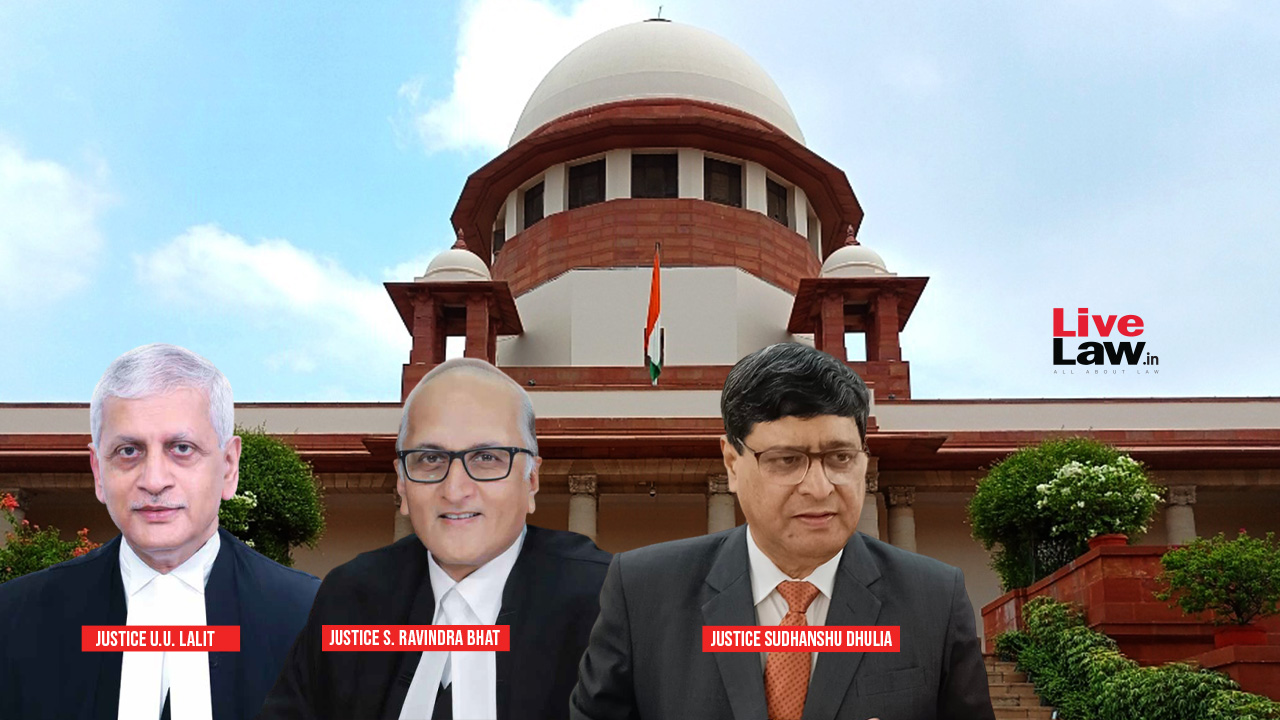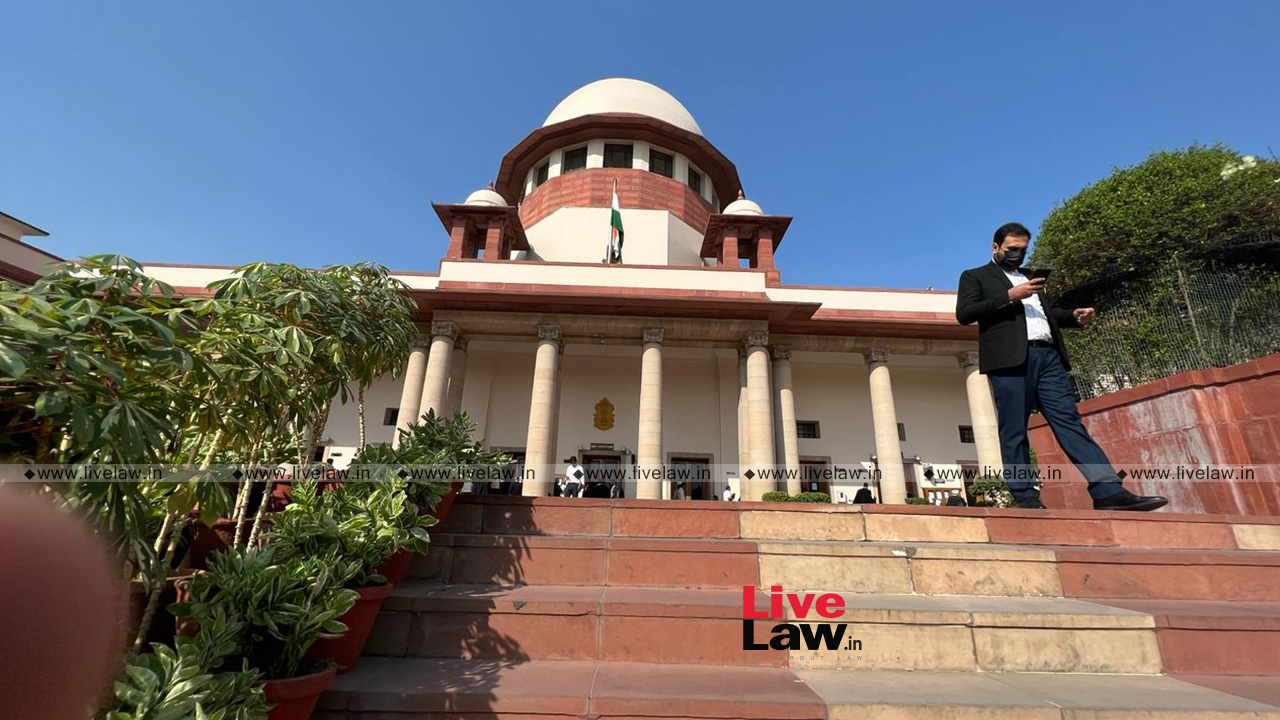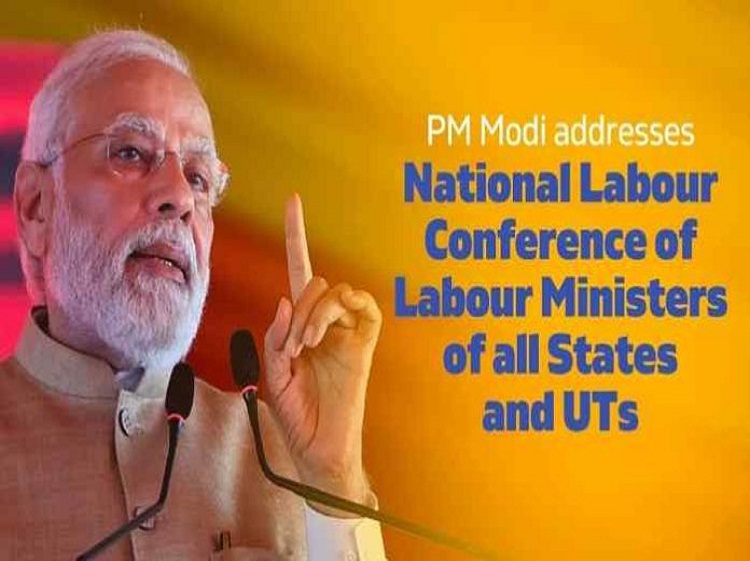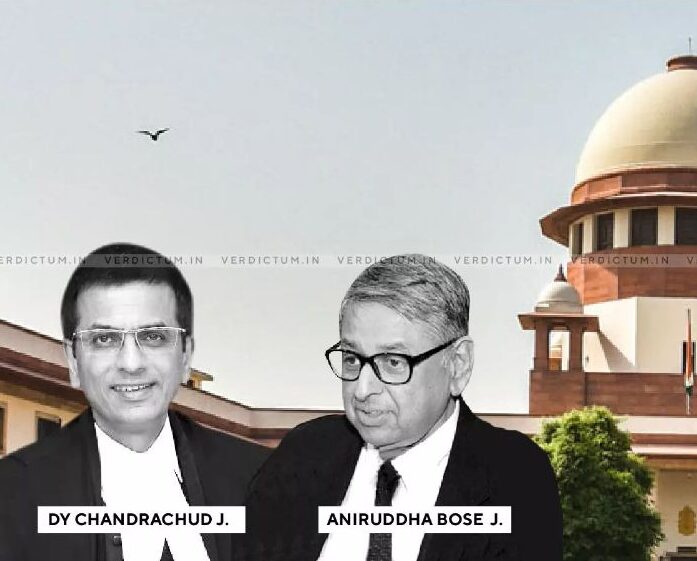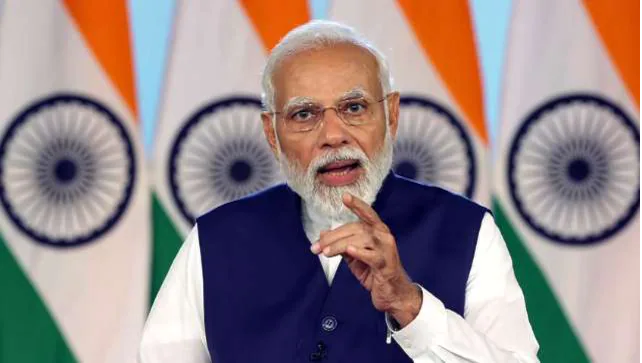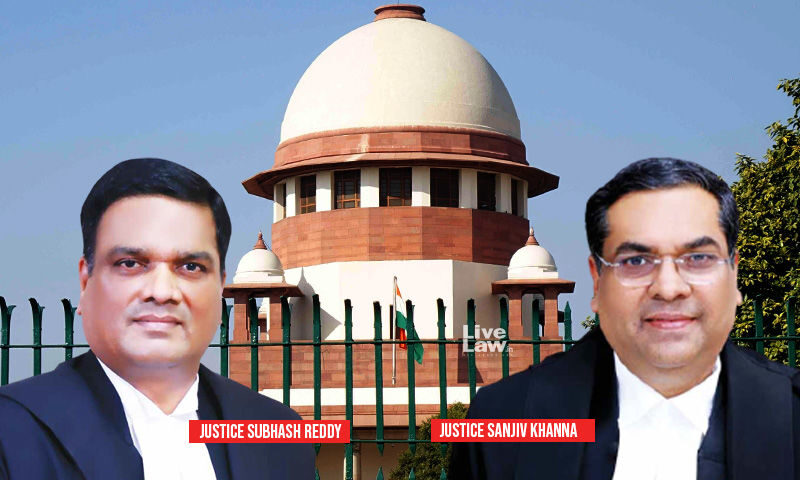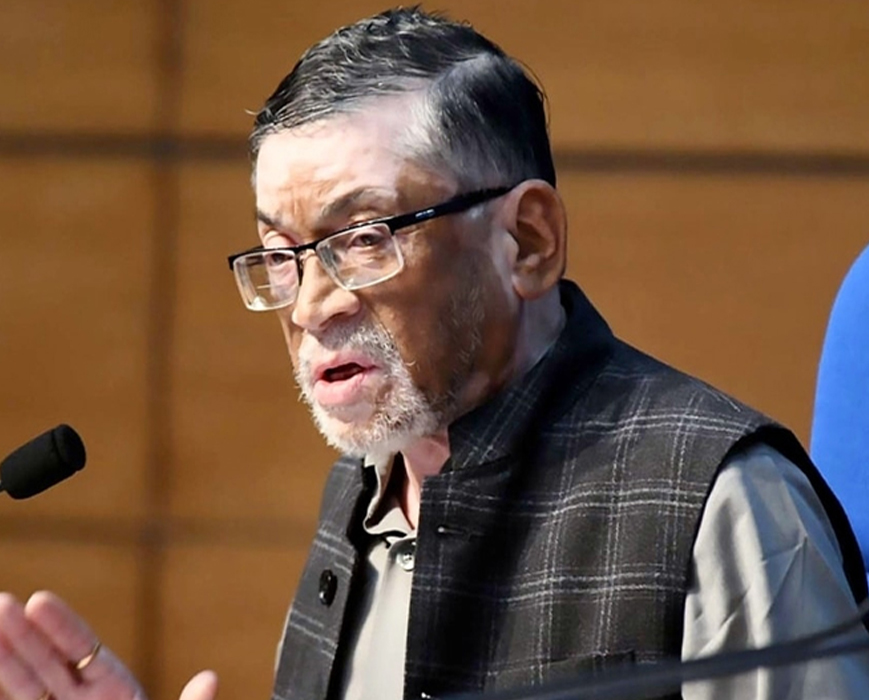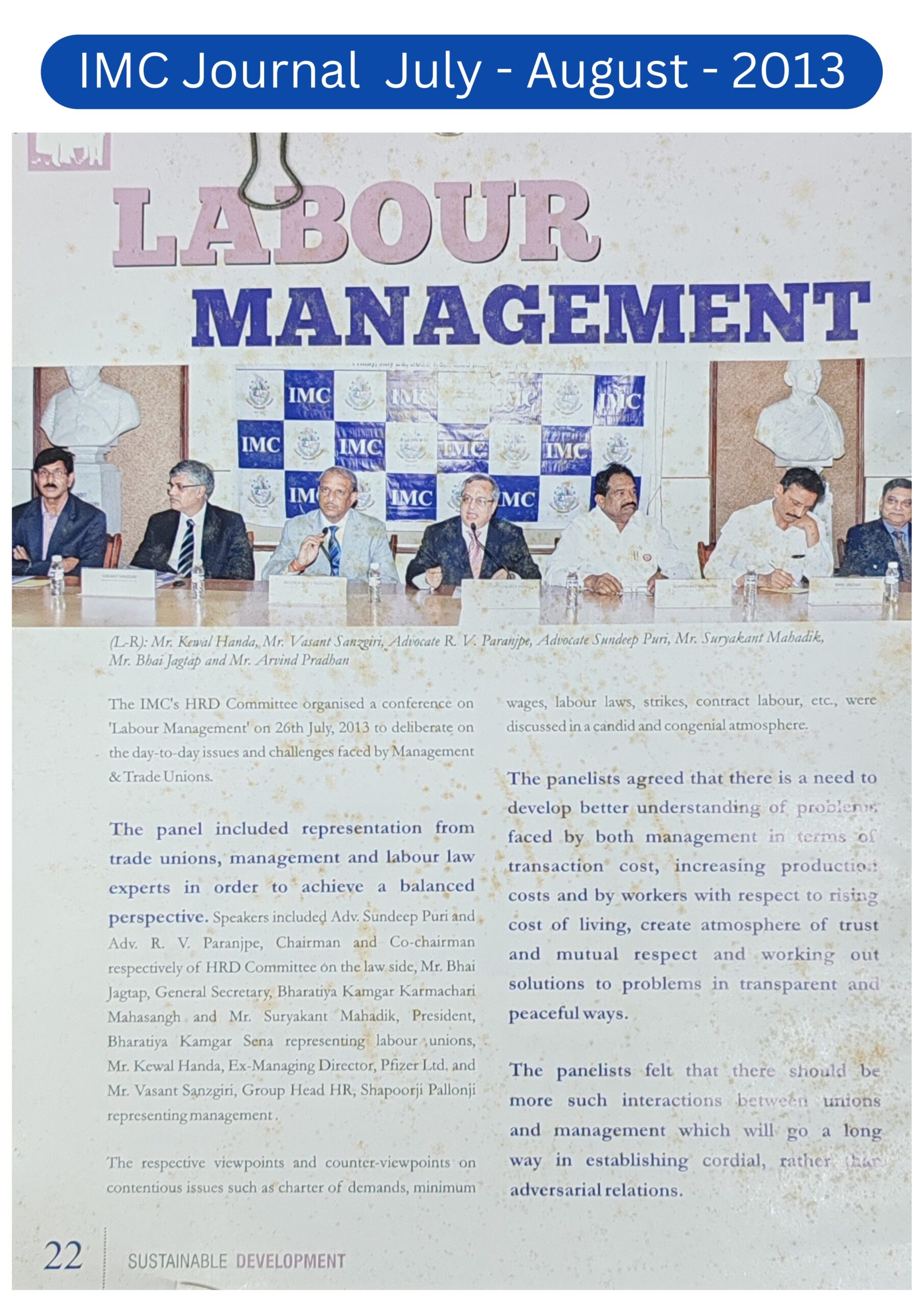New Delhi: India needs to implement labour codes, lower import tariffs and open services trade, apart from im- proving the quality of education and skilling to create more jobs and sustain high growth, a senior official at the International Fund has said. Monetary
In an interview with TOI, Krishna Srinivasan, director for Asia-Pacific at IME, also suggested that central banks, such as RBI, should refrain from too much intervention in the foreign exchange market.
“In general, greater ex-
change rate flexibility would serve India, and other countries, in smoothening the impact of many types of external economic shocks. Ex- change rate is a buffer against external shocks. India’s deep foreign exchange markets, well anchored inflationary expectations and relatively low foreign exchange borrowings, provide a favourable environment for such flexibility. If the volatility increases to a point where market functioning becomes impaired, then intervention should be part of the toolkit. But I don’t see it as part of what’s happening in India,” he said at a time when rupee is testing new lows due to foreign portfolio investors funds to China.
Srinivasan also spoke against investment curbs against China, arguing that such restrictions impair the ability to be part of global supply chains. “By embracing trade integration, India has a large potential, given its exports and FDI. India can use the opportunity to better integrate into global supply chains. Any trade reduction results in 75% probability or retaliation. “He also said that countries such as Vietnam and Mexico have gained significantly due to restrictions imposed on Chinese exports to US and Europe. IMF’s la test Regional Economic Out- look for Asia-Pacific, released on Friday, has projected Indi a’s GDP growth in 2024 at 7% and at 6.5% next year on the back of strong consumption.
“Despite strong growth, one area where India is falling short is creating good quality jobs. Most of the jobs are self- employed, some of the jobs are going back to the agriculture sector. India needs to se- cure a job-rich growth. In the short term, it should implement the new labour codes to make the labour market flexible. Second, the average ta riff has been going up so it’s important to remove trade restrictions to compete well and increase efficiency and India is better placed in the global supply chain. That it- self will create jobs. India has done very well in creating infrastructure, physical and digital, and that needs to continue,” Srinivasan said, while cautioning against downside risks to growth.
While keeping a close eye on China, which has announced several measures to deal with a slowing economy and stress in real estate, the IMF official suggested more steps may be needed. “These measures are in the right di- rection and should provide support to the economy, but they may not be enough to fully rehabilitate the proper- ty sector. We have estimated that the central govt has to spend around 5.5% of GDP over four years. Going be- yond that, China has to pivot away towards more consumption led growth. It has to boost social safety nets, have more pension reforms so that people feel less inclined to save. They need to re- balance the economy from investment and export-led growth towards domestic consumption.”
Page Source: Time of India newspaper

